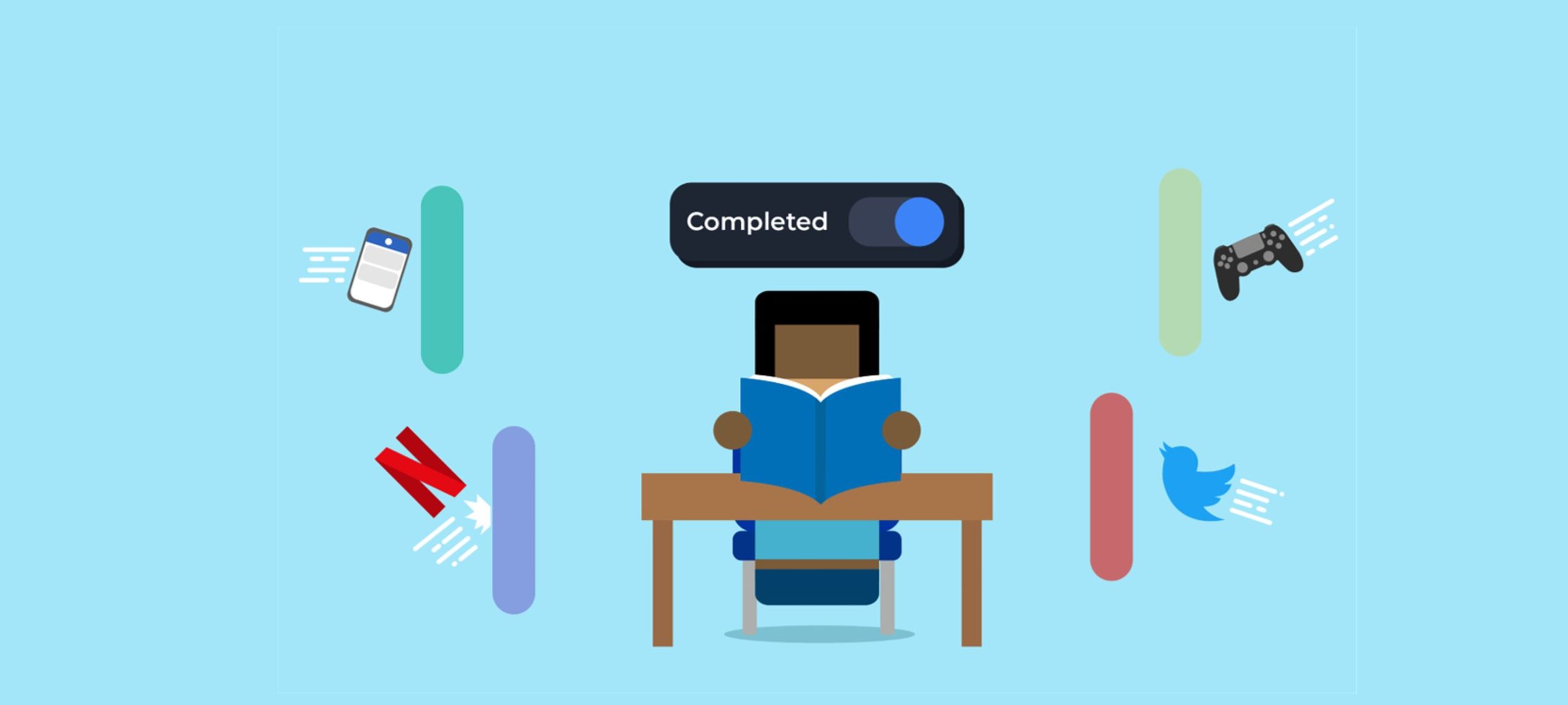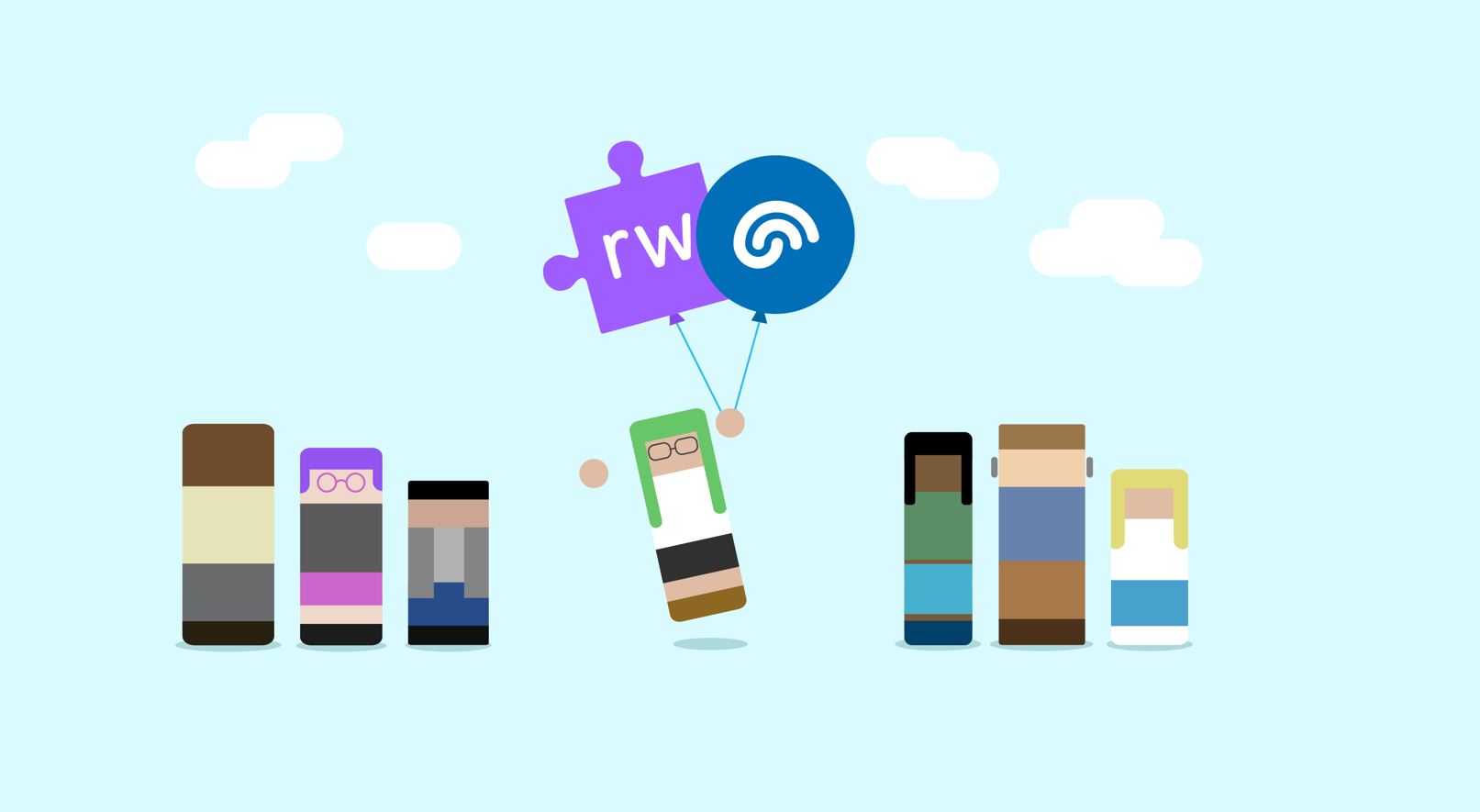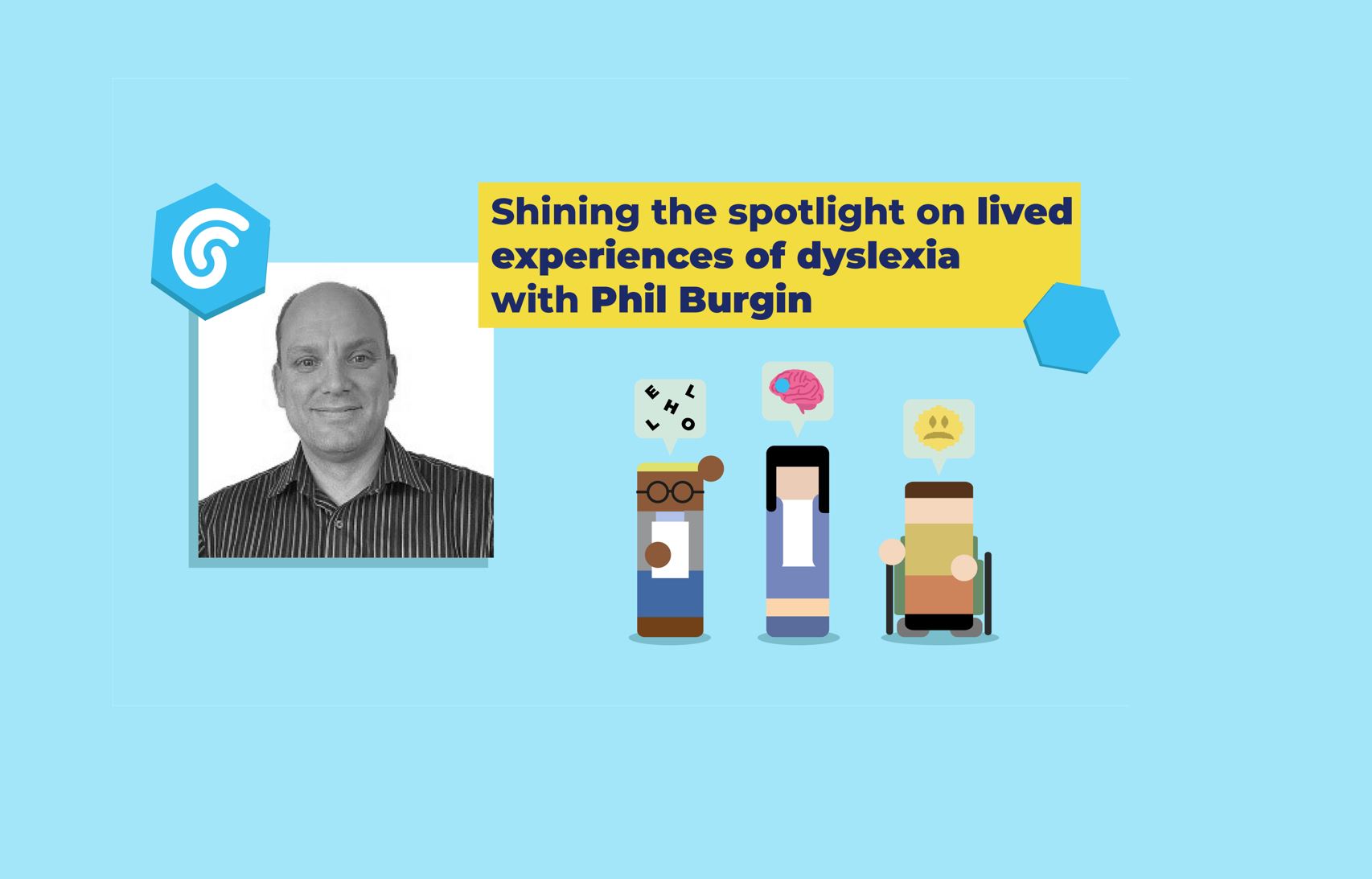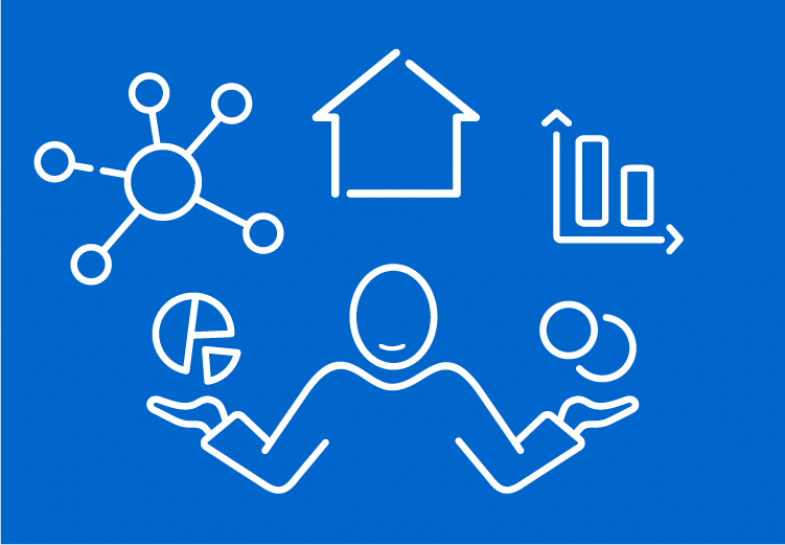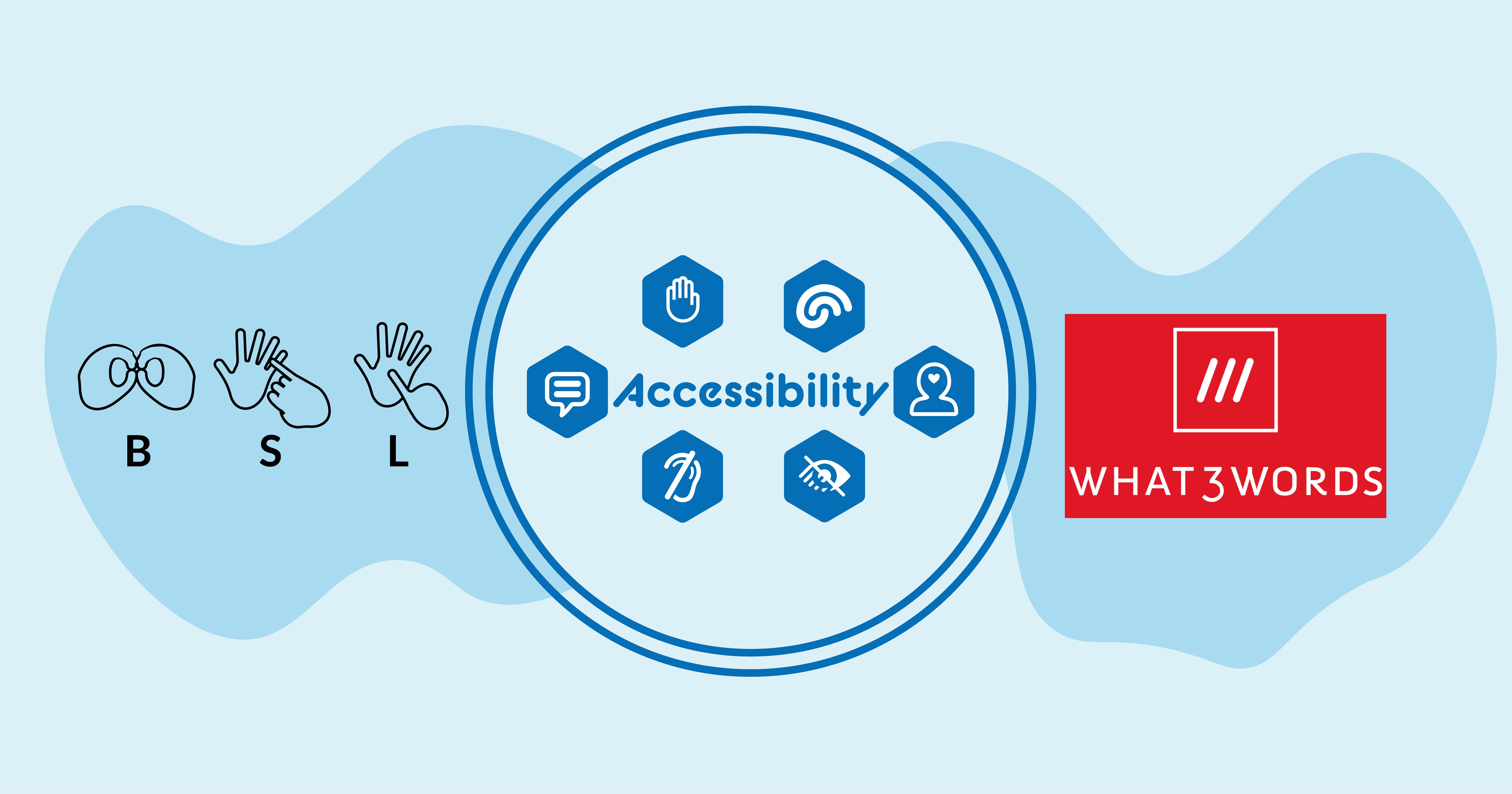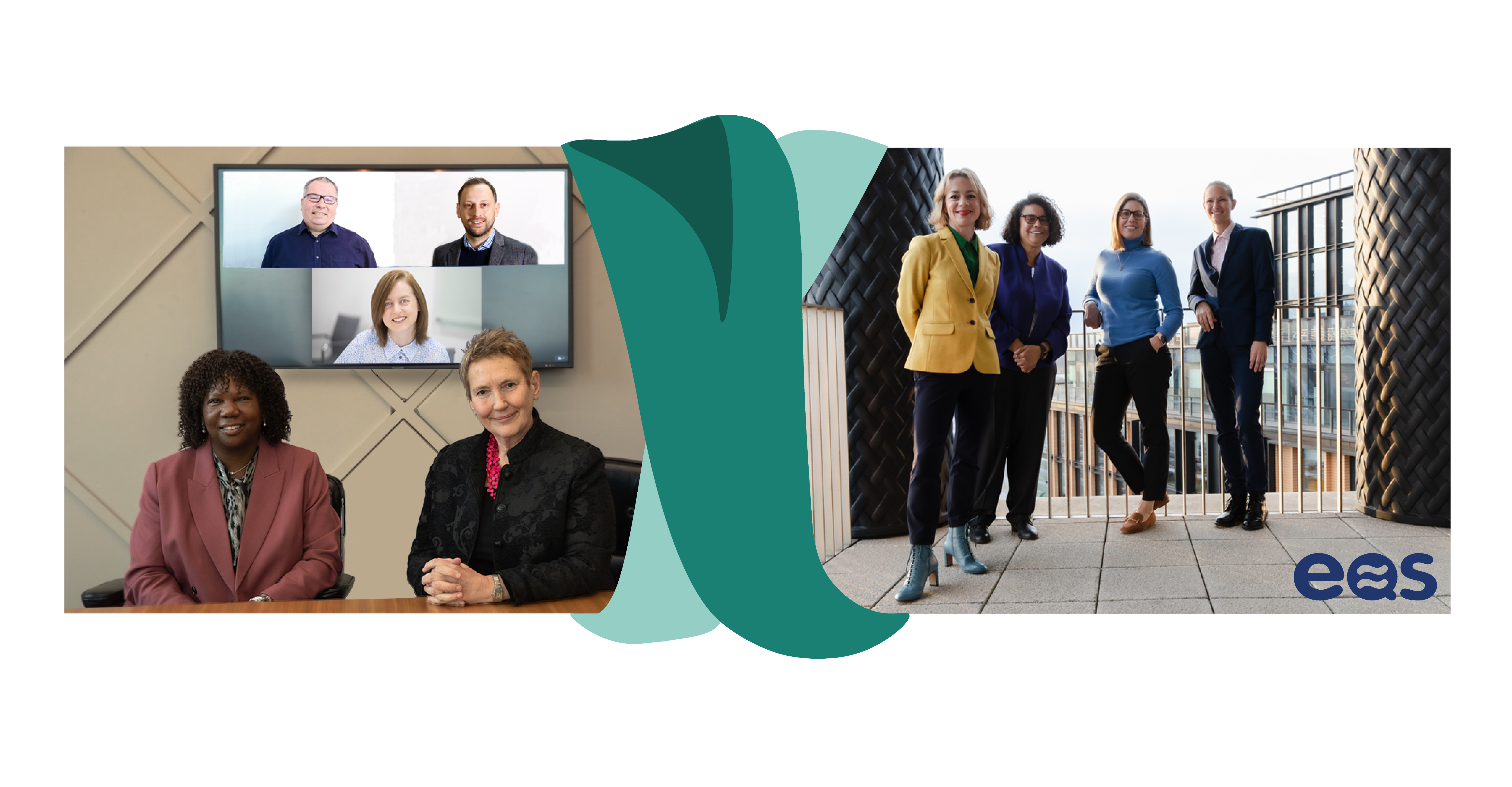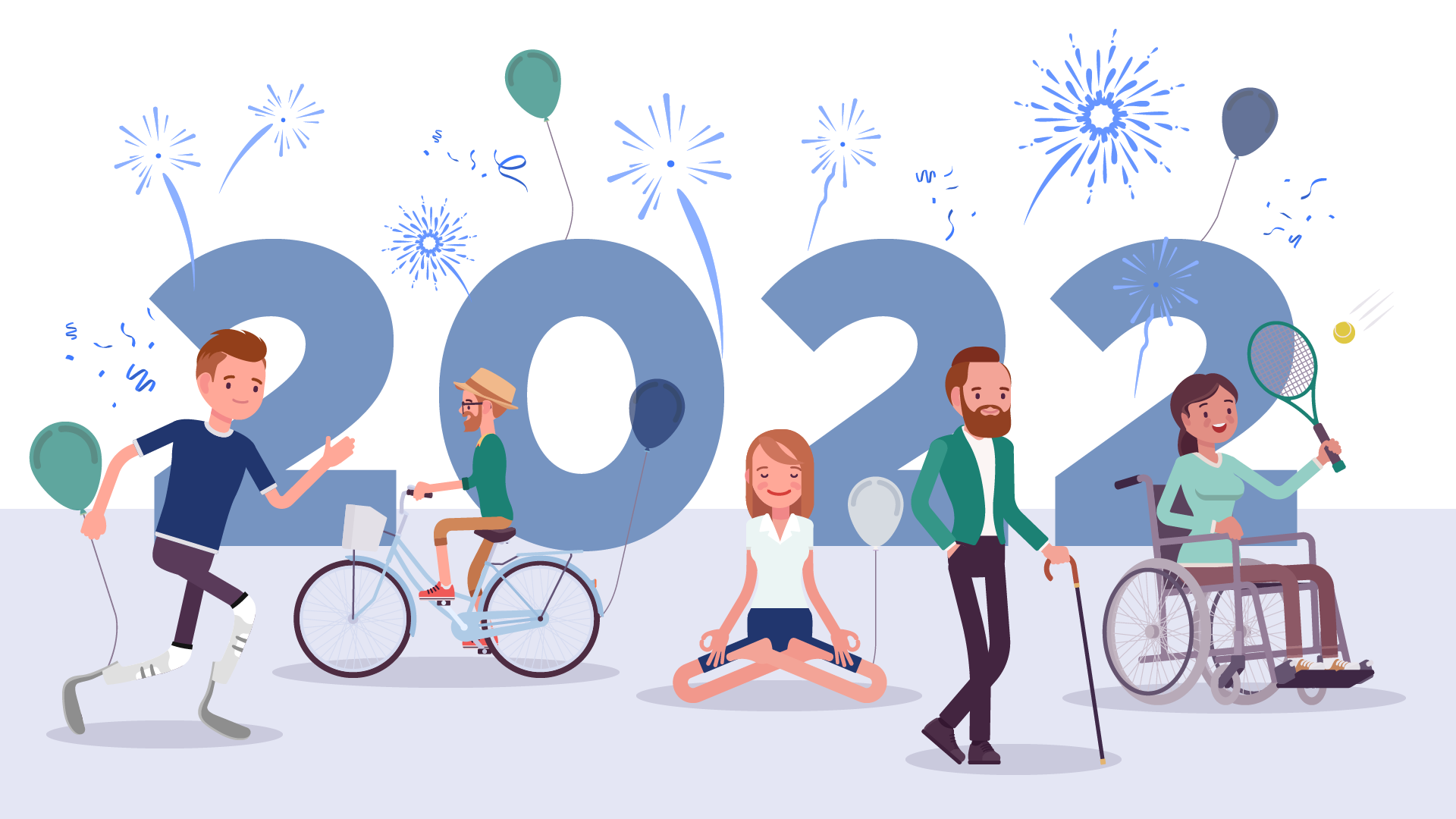The new science of e-learning: This time it’s personal.
Personalisation is everywhere. It has become so engrained in our everyday that we probably don’t even recognise it anymore. Amazon recommending products you may like – personalisation. Every marketing email you receive that uses your first name – personalisation. Generation Z or the iGen (people born between 1995 and 2012) are even more familiar with personalisation. They have grown up with social media, online shopping and even their university intranet will be personalised within their own profile.
Why is personalisation so important when it comes to learning?
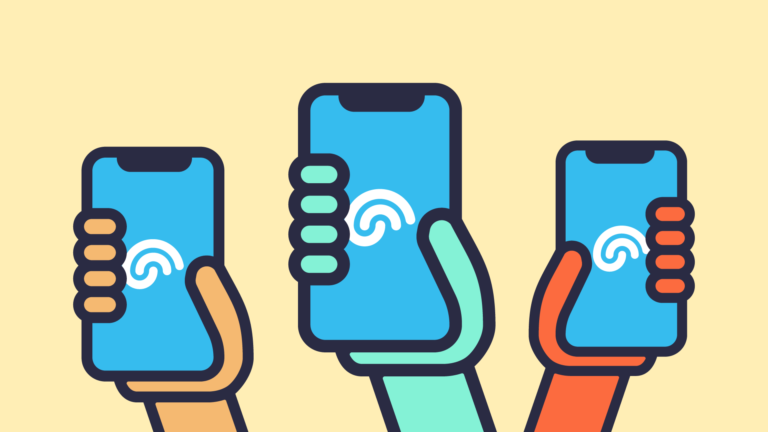
Learning is very different to shopping on Amazon. Learning is all about forming long-term memories. One of the most important areas of the brain that does this is the limbic system, which includes the amygdala and the hippocampus. For long-term memories to be formed, they have to pass through the amygdala to reach the hippocampus, where they can be sent to long-term storage.
A recent study took three websites, the Facebook newsfeed, entertainment-orientated Yahoo and the heavily informational New York Times. The study found that “memory scores tend to be higher when stimuli are personally meaningful and provide opportunities for learning”.
The study concludes by saying that “online activity, which is both personal and social is more immersive, more emotionally engaging, and more cognitively stimulating”.
Due to the personalisation of the Facebook newsfeed, more memories were generated from this website than the other two, as the content was relevant and meaningful to users’ lives.
This echoes the reasoning behind personalisation in Learning Labs. We believe our learners must become key drivers in their learning so that it becomes meaningful, valuable and personal to them – and therefore they engage with the portal more. Learning Labs already gives students the chance to learn the same thing in different ways with our Do, Watch, Read, and (more recent) Quiz Labs. However, we wanted to take the personalisation further.
My most effective way of learning is different to yours
When we started developing our new personalisation features, it was important that the student was always in control and that any new features fitted in with the latest learning design theory and neuroscience findings.
Many studies have shown that cognitive overload can hinder a student’s learning experience. As is the case when several people talk to you at the same time, having a mix of information on the same page can make it difficult to concentrate. However, it is also important to realise that what could cause cognitive overload for one student may not affect another.
When students log into Learning Labs, they are now greeted by ‘My workspace’ – a personal learning environment, which they can tailor to meet their needs. The learner has the power to select which Labs are relevant to them based on the Assistive Technology they have been recommended. This drops the relevant Lab suites into their workspace and avoids cognitive overload of unnecessary and irrelevant content.
Their personal workspace also includes the new ‘engagement dashboard.’ Here the student can see dials and percentages not only to help motivate their learning, but also to show which Lab type they have engaged with the most. This gives the student a clear and concise snapshot into how their learning is developing and helps them to feel a sense of achievement.
Having this information at their fingertips means the student can personalise their learning experience. They can see particular categories of Lab that they have not engaged with, prompting them to try this learning type rather than continuing to work through the same style of Lab.
To help the uninterrupted flow of learning (you may recall that feeling when you zone-out and have to take a step back to find your place again), Learning Labs also has a ‘Resume last Lab’ and a ‘Next suggested Lab’ button within ‘My workspace’. This enables the student to jump back in to their learning from where they left off or continue on without distractions in the learning content. These functions emulate social media such as YouTube, Instagram and the latest bite-sized video channel, TikTok.
The learner is in the driving seat
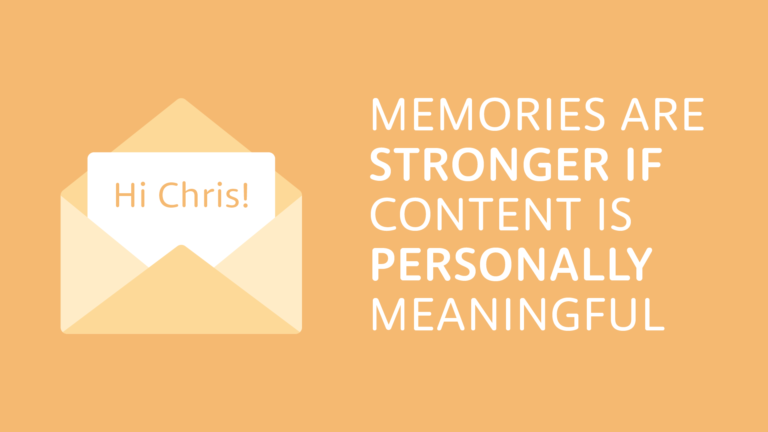
From our knowledge of cognitive overload, we know that these features may not be beneficial to all students all of the time. The human brain is more unique than a fingerprint, so it was important that our new features could be controlled by the user. Students can now add/remove menu and content items at the flick of a switch, creating a unique learning experience for every user. As easily as they are turned off, they can be turned on again.
Unlike social media, Amazon and those ‘Hey Chris! We thought you might like…’ marketing emails, we want our personalisation to create a truly beneficial experience for the end user. Our personalisation features assist users in achieving their academic potential, which will benefit them beyond their current course.
See for yourself
Throughout April and May, Learning Labs is hosting a series of CPD Revolution Online events, which will feature a live demo of our new personalisation features. Click the link below to book your free place on one of these dates and see personalised e-learning in action. Oh, and hear more about the science too.
To read more on the study mentioned in this article, ‘The Premium Experience: Neurological Engagement on Premium Websites,’ click here.
Other blog articles


